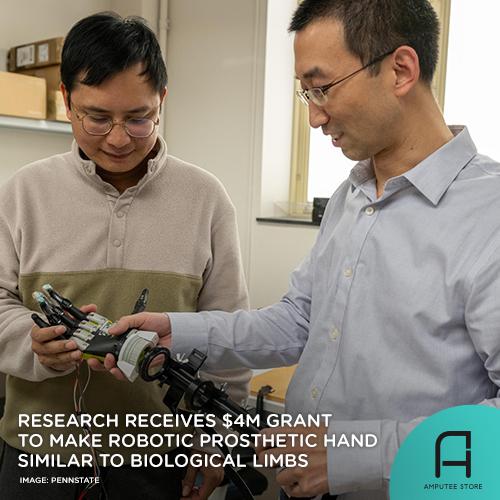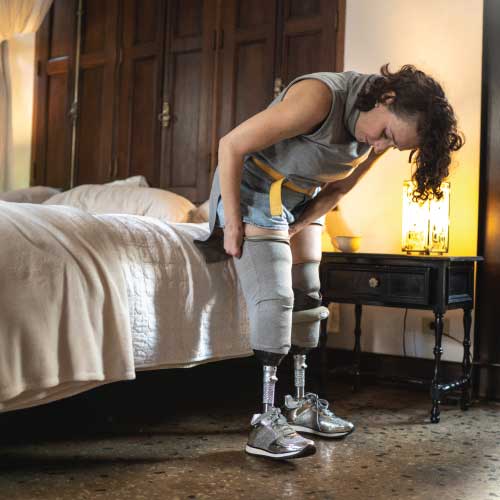Research Receives $4M Grant to Make Robotic Prosthetic Hand Similar to Biological Limbs
While existing robotic prosthetic hands can help users perform tasks, the downside is that they can be difficult to operate. These devices demand constant attention from the user to operate limited hand functions. But that may soon change.

Researchers at Penn State University have been awarded a five-year $4 million grant by the US National Science Foundation to make robotic prostheses more user-friendly and intuitive for individuals with limb loss.
The interdisciplinary team will be led by Xiaogang Hu, Dorothy Foehr Huck and J. Lloyd Huck Chair in Neurorehabilitation and Associate Professor of Mechanical Engineering and Kinesiology. The researchers aim to improve the neural and cognitive processes involved in human-robot interactions to allow users to engage with their prosthetic hands just like their own biological limbs.
This breakthrough technology will enable users to easily perform complex tasks such as playing the piano, typing, or handling delicate objects. The research is expected to lower the barrier to assistive technology adoption and improve the quality of life for people with limb loss.
The project’s first phase will be led by Nanyin Zhang, Dorothy Foehr Huck and J. Lloyd Huck Chair in Brain Imaging and Professor of Biomedical Engineering and Electrical Engineering. In this phase, the researchers will study how the brain processes information related to daily tasks using a rodent model with implanted electrodes.
Based on the outcome of this phase, the researchers plan to create a device that can be placed on the skin’s surface and stimulate nerves, allowing users to “feel” their missing limb as if it were still there. The development of this device will be led by Huanyu “Larry” Cheng, James L. Henderson, Jr. Associate Professor of Engineering Science and Mechanics.
The team will then test the device’s effectiveness by training a sensory feedback system to help patients easily perform daily tasks. This process will be led by Robert Sainburg, Dorothy Foehr Huck and J. Lloyd Huck Distinguished Chair in Kinesiology and Neurology.
By mapping motor output and sensory feedback, the researchers hope to make the device intuitive for people with upper limb loss, making their motor output adaptable to unexpected environmental changes.
Are you using a robotic prosthetic hand? Are you happy with it? If not, how would you like your prosthetic hand to improve?











































































